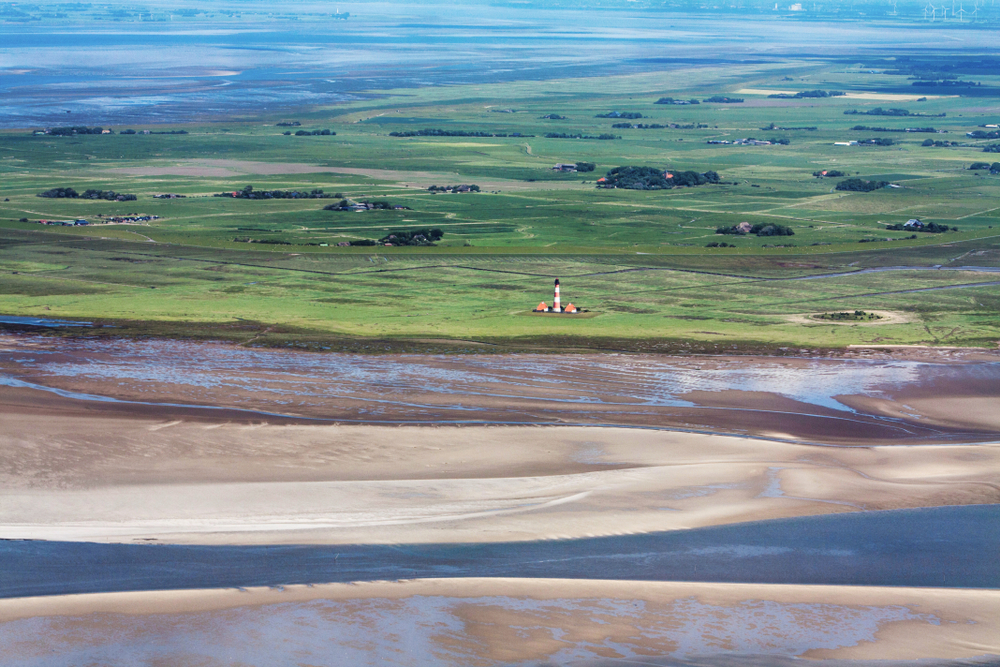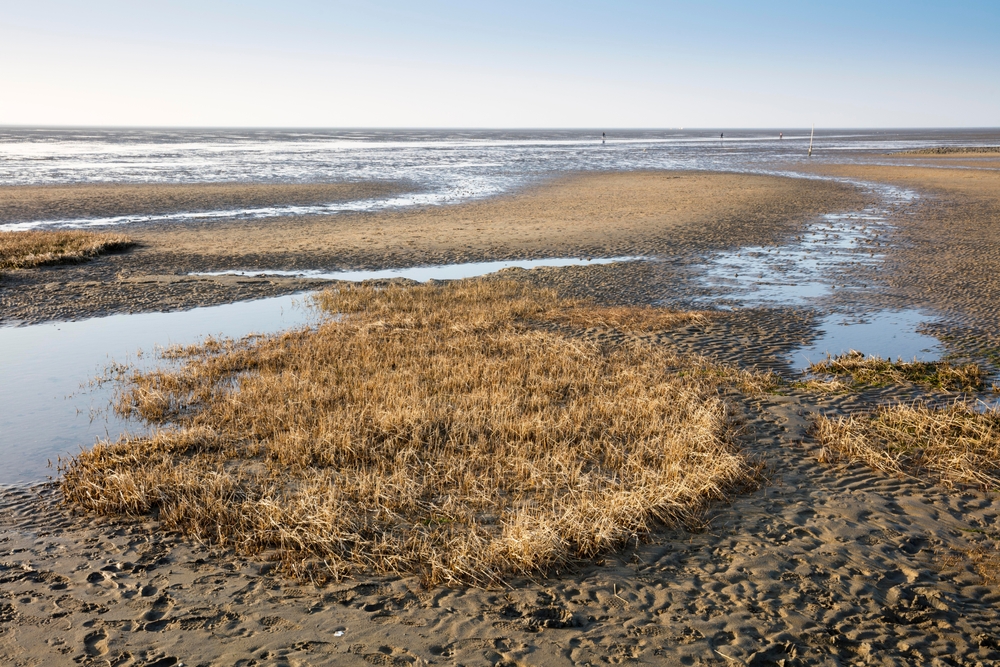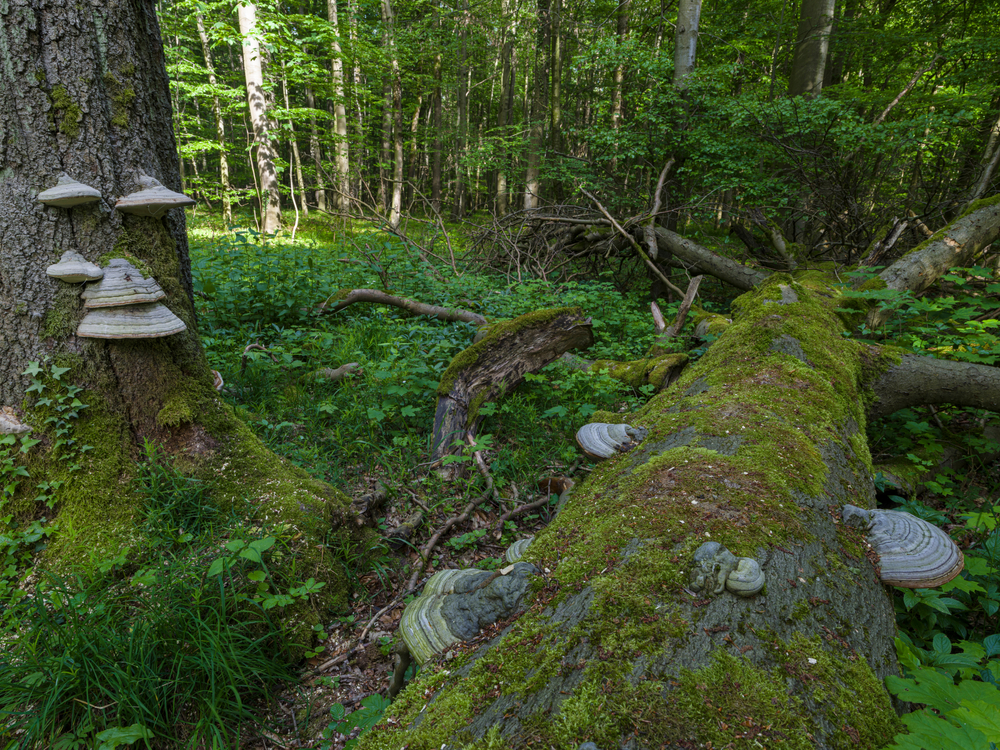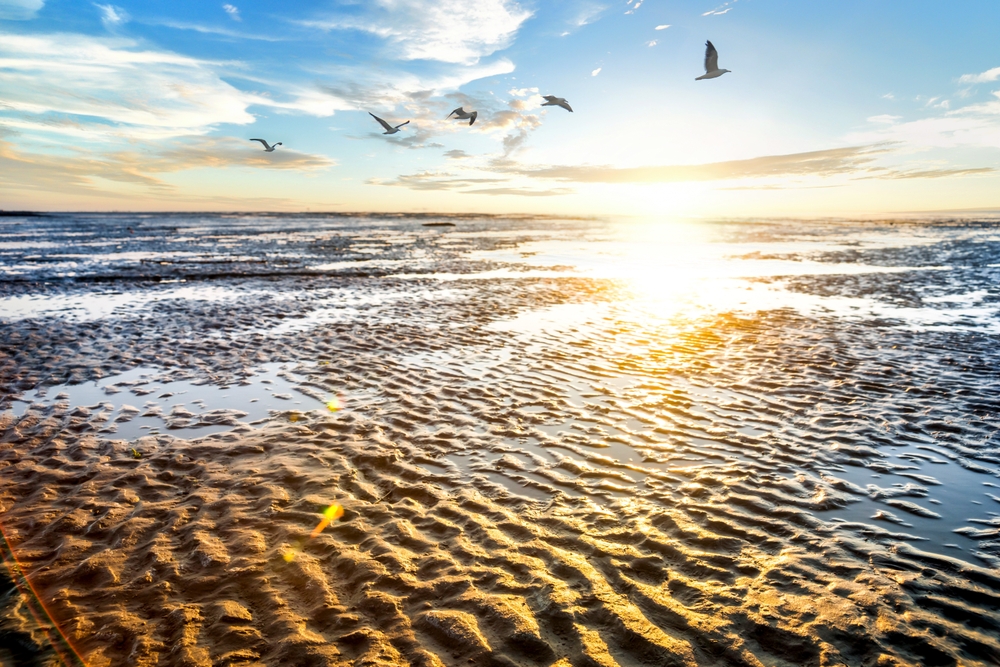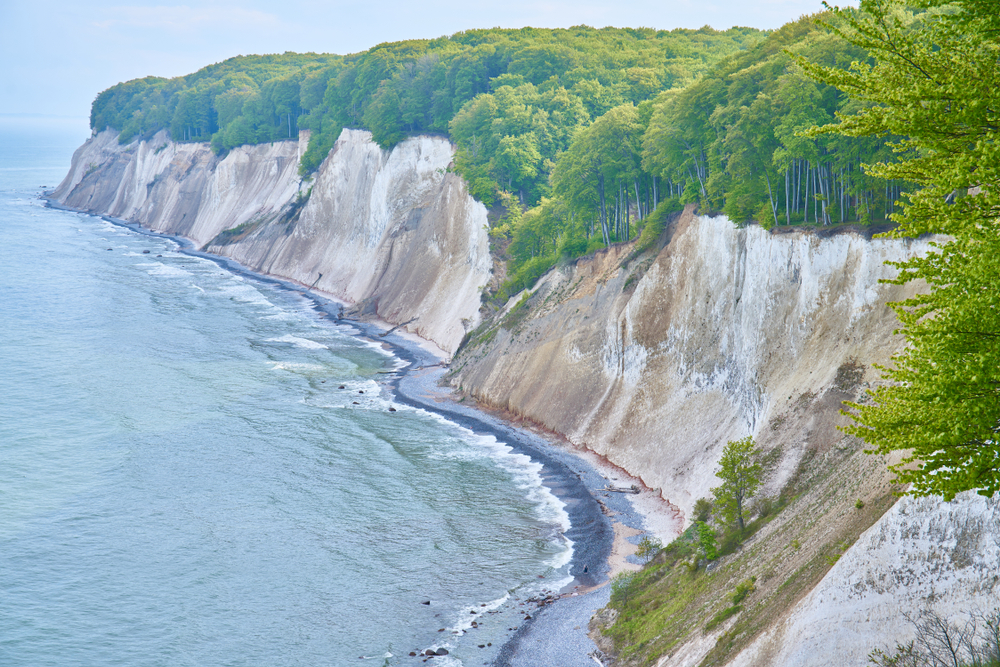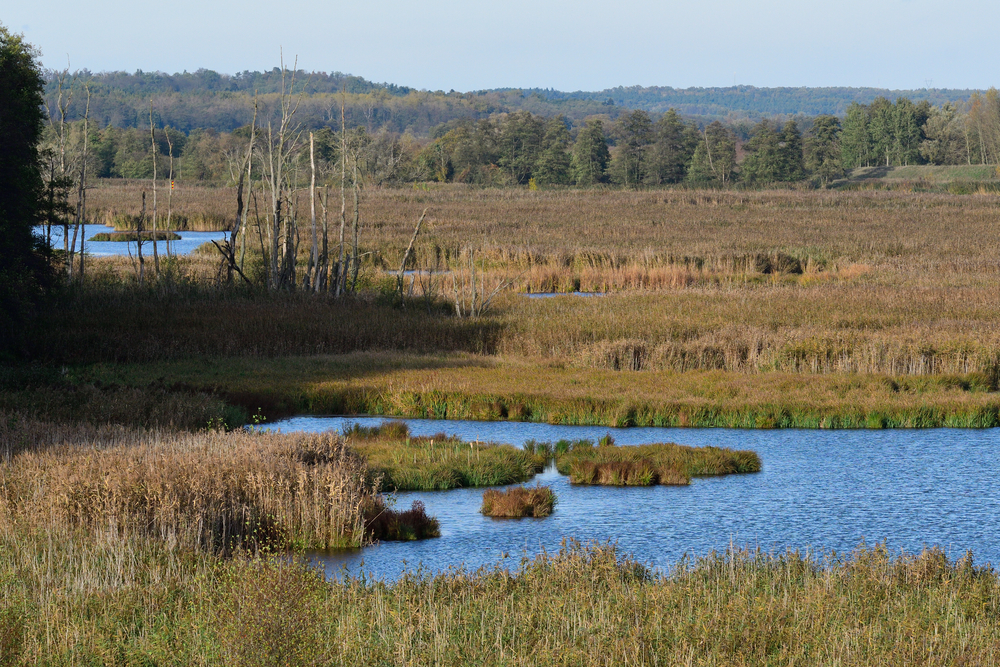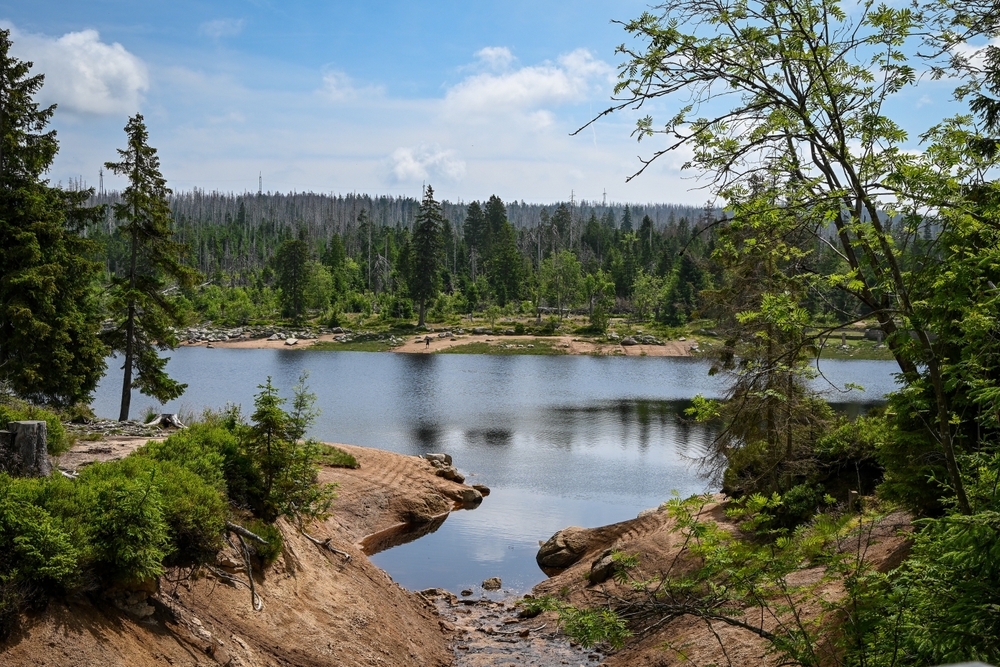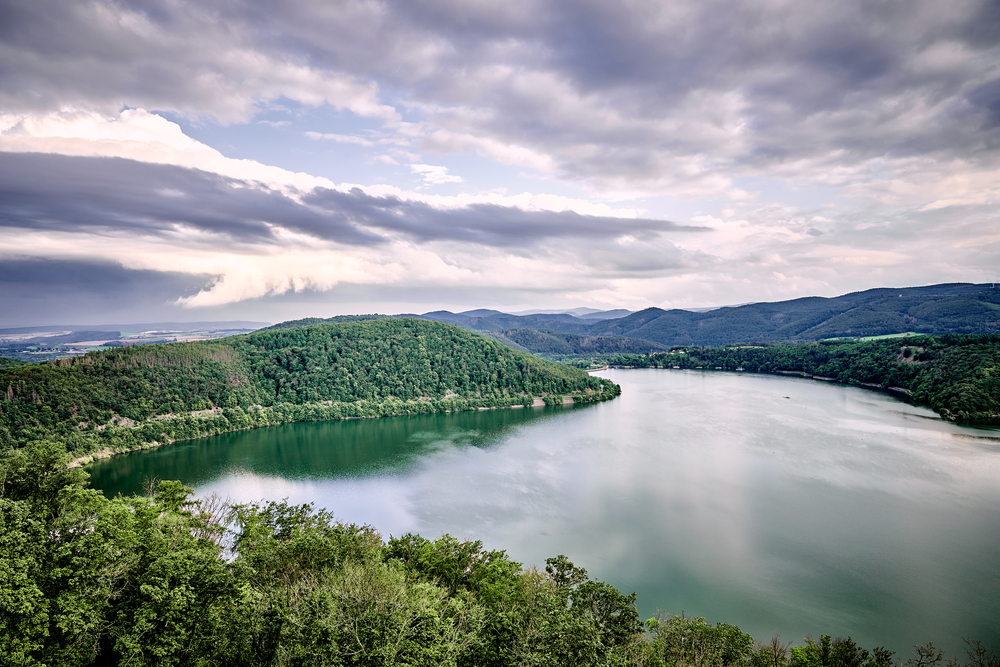Schleswig-Holstein Wadden Sea Overview
Schleswig-Holstein Wadden Sea National Park, known locally as Nationalpark Schleswig-Holsteinisches Wattenmeer, is a remarkable coastal protected area in northern Germany.
Covering approximately 1,437 square miles (3,716 square kilometers), it is the largest national park in Germany and forms a significant part of the UNESCO-listed Wadden Sea, a vast intertidal ecosystem stretching along the coasts of Denmark, Germany, and the Netherlands.
Located in the state of Schleswig-Holstein, the park extends from the Elbe estuary in the south to the Danish border in the north, encompassing the North Frisian Islands, the Halligen, and vast tidal mudflats. The park plays a crucial role in preserving one of the world’s most dynamic and ecologically rich landscapes, where the shifting tides shape the environment daily.
The terrain of Schleswig-Holstein Wadden Sea National Park is dominated by tidal flats, sandbanks, salt marshes, and small islands that emerge and disappear with the rhythm of the tides. The landscape is in a constant state of flux, influenced by the ebb and flow of the North Sea, making it one of the most unique environments in Europe.
The Halligen, a group of low-lying, inhabited islets, stand as a testament to the park’s ever-changing nature, with homes and farms built on artificial mounds to withstand the seasonal floods.
Dunes and sandy beaches fringe the islands, while the coastal areas are lined with extensive salt marshes, serving as vital breeding and feeding grounds for a multitude of species. The shifting sands and tidal movements create an intricate network of channels and shallow pools, providing a habitat for countless marine organisms.
The park is home to an extraordinary diversity of wildlife, with its vast intertidal flats serving as a feeding station for millions of migratory birds along the East Atlantic Flyway. Among the most notable species are the Eurasian oystercatcher, common eider, red knot, and barnacle goose, which arrive in immense flocks to forage on the nutrient-rich mudflats.
The salt marshes and dunes provide nesting grounds for species such as the avocet and Arctic tern. The waters of the Wadden Sea also support thriving populations of harbor seals and gray seals, which can often be spotted lounging on the sandbanks. Additionally, the area is an essential breeding ground for the common porpoise, one of the few cetaceans native to the North Sea.
One of the park’s most popular attractions is the unique experience of Wattwandern, or mudflat hiking, which allows visitors to walk across the seabed during low tide under the guidance of experienced guides. Boat tours offer an opportunity to observe seals resting on sandbanks and explore the biodiversity of the tidal flats.
Birdwatching is a major draw, especially during the spring and autumn migrations when millions of birds pass through the area. The Halligen islands provide a glimpse into a traditional way of life adapted to the extreme coastal conditions, and guided tours reveal the resilience of the communities that have lived here for centuries.
Cycling and nature trails along the mainland coast allow visitors to appreciate the salt marshes and the park’s unique landscape from a different perspective.
Conservation efforts in Schleswig-Holstein Wadden Sea National Park have been largely successful, with the region recognized as a UNESCO World Heritage Site since 2009. Strict regulations protect its fragile ecosystems, and extensive research initiatives contribute to monitoring climate change impacts and biodiversity.
Challenges remain, particularly from climate change-induced sea level rise, increasing tourism pressures, and pollution from surrounding industrial and agricultural activities. However, continued collaboration between Germany, Denmark, and the Netherlands ensures a coordinated approach to preserving this globally significant habitat while promoting sustainable tourism.








































































